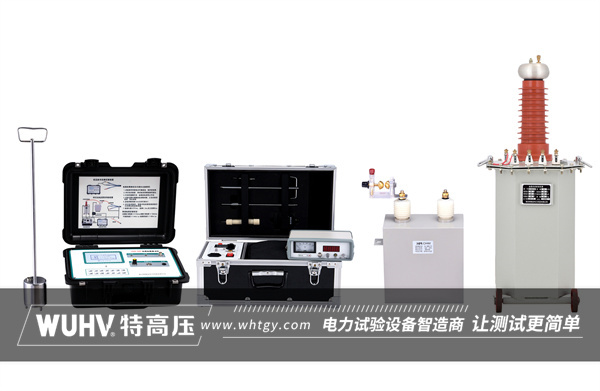The cable fault testerunder Wuhan UHV can help many power workers conduct various power tests more conveniently.

Cable faults caused by insulation moisture are one of the common types of faults in cable operation, accounting for about 13% of the total number of cable faults. The following is a detailed summary of the main causes and related information of cable failures caused by insulation moisture:
Poor or failed sealing:
One of the main causes of insulation moisture is inadequate or ineffective sealing at the middle or terminal of the cable. Poor sealing causes moisture to enter the interior of the cable, reducing insulation resistance and increasing leakage current.
Poor manufacturing processes or material defects in cable manufacturing, such as holes or cracks in the outer protective layer of the cable, can also increase the risk of moisture intrusion.
Cable operating environment:
During the laying and operation of cables, they may cross roads, bridges, culverts, etc. Due to weather or other reasons, a large amount of moisture may accumulate in the cable trench. If the cable head or cable sheath is poorly sealed, moisture will enter the interior of the cable.
In the process of cable head production, if the construction personnel are careless, the newly processed cable ends may sometimes accidentally fall into the accumulated water on site, which can also cause insulation to become damp.
Cable damage:
The cable sheath may be pierced or corroded by foreign objects, which can also cause moisture to enter the interior of the cable and cause insulation to become damp.
During the process of pulling and threading cables, the outer sheath and even the steel armor may be scratched, especially when using mechanical pulling, which is more prominent.
Cable aging:
During long-term operation, the insulation material of the cable will gradually age, reducing its insulation performance. Aging insulation materials are more susceptible to moisture, causing insulation to become damp.
Preventive measures:
After cable laying, cable heads should be made in a timely manner and wiring should be completed as soon as possible to reduce the risk of moisture intrusion.
For cables that have already been affected by moisture, different treatment measures should be taken according to the degree of moisture, such as cutting off both ends and remaking cable heads, cutting off cables near the water inlet point for making intermediate joints, etc.
For accumulated water in outdoor cable wells or cable channels, the cables should be supported and fixed with brackets as much as possible to reduce the possibility of water directly contacting the cables.
Regularly conduct voltage leakage tests on cables to promptly identify and address potential insulation moisture issues.
Conclusion:
Insulation moisture is one of the important factors causing cable failures. By strengthening the sealing of cables, optimizing the operating environment of cables, and promptly addressing issues such as cable damage and aging, the failure rate of cables caused by insulation moisture can be effectively reduced. At the same time, regular inspection and maintenance of cables are also important measures to prevent insulation moisture faults.



















